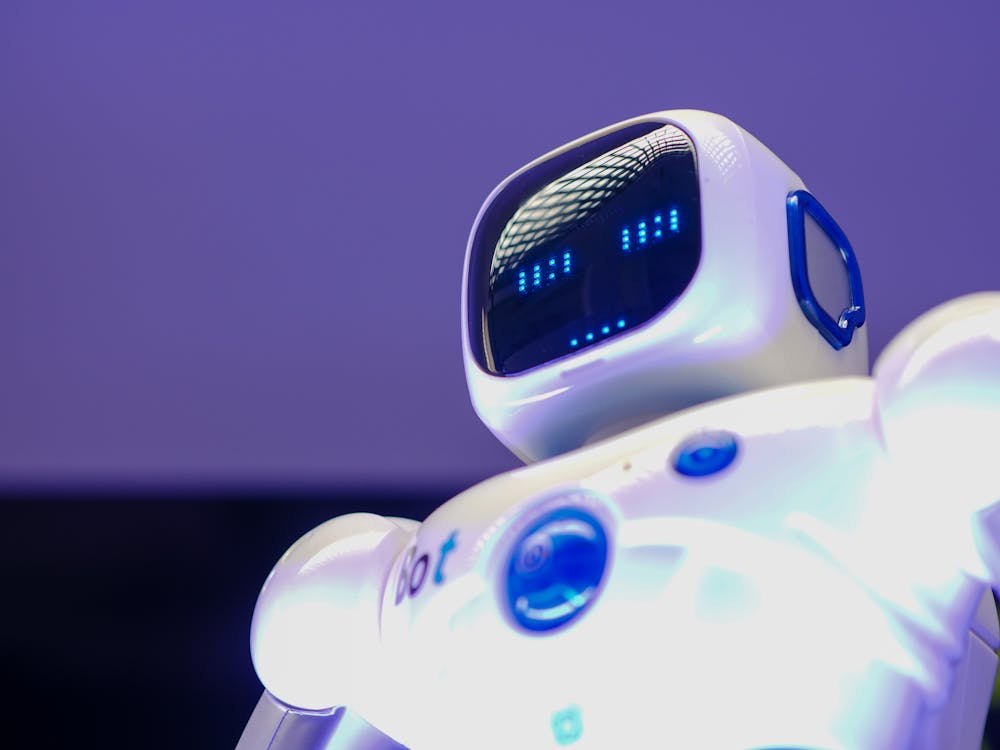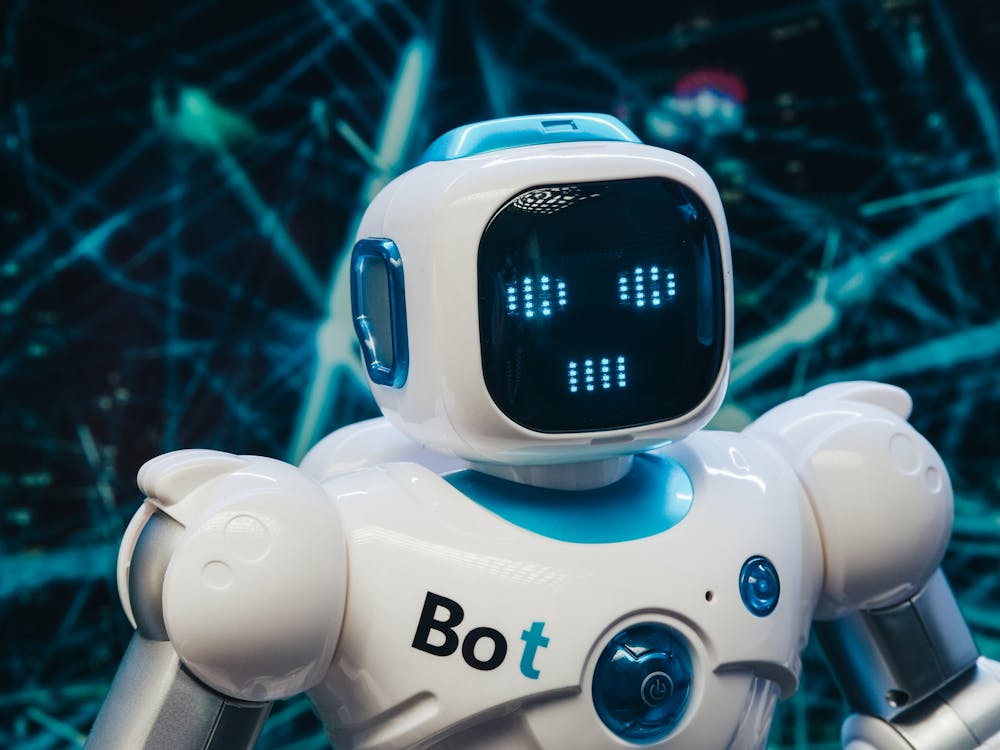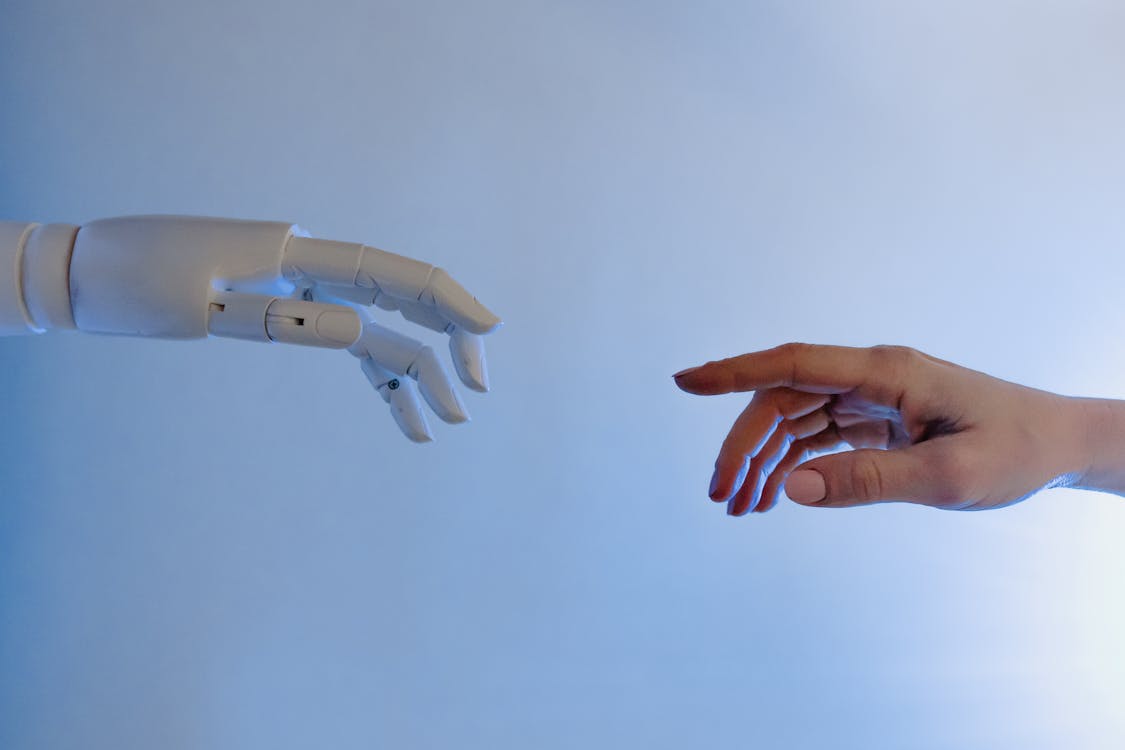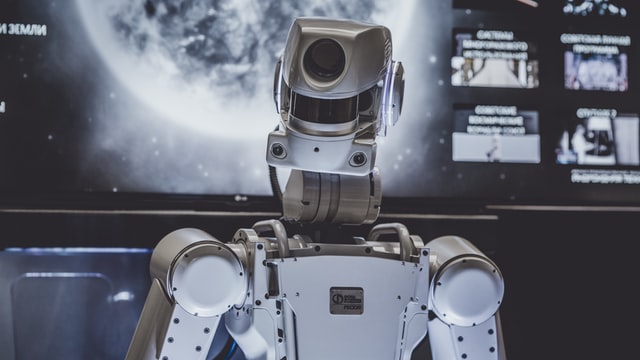
Artificial intelligence (AI) has quickly become one of the most talked about technologies in recent memory, with everyone from casual tech geeks to multi-billion dollar companies like Google making huge investments into the field and constantly looking for new ways to apply it. However, many people still have some lingering questions and misconceptions about what AI really means and how it works, especially given all the hype surrounding it lately. This list covers 10 of the most common myths about artificial intelligence that you need to stop believing right now!
Myth 1: A.I. will take our jobs

One of the most common fears about A.I. is that it will eventually take our jobs. While it’s true that A.I. can and will do some tasks better than humans, there’s no need to worry about mass unemployment. A.I. will create new jobs as well as eliminate old ones, and the net effect will be positive for employment.
Myth 2: A.I. Is Evil
A.I. can’t be evil because it’s not sentient. It can, however, be programmed to do things that might be considered harmful or unethical. For example, an A.I. system might be designed to manipulate people’s emotions in order to sell them products they don’t need. But this is more a reflection of the people who created the A.I. system than the A.I. itself.
Myth 3: A.I. makes terrible decisions

A.I. is only as good as the data it’s given. If you train an A.I. on poor quality data, it will make poor quality decisions. However, if you give it high-quality data, it will make high-quality decisions. So, the quality of A.I.’s decision-making ability is directly related to the quality of data it’s given.
Myth 4: A.I cannot function independently
A.I. can be built to function independently, but that doesn’t mean it will always make the best decisions. A.I. is often used in decision-making processes, but humans are still needed to oversee things and make sure the A.I.’s goals remain aligned with the company’s or individual’s goals.
Myth 5: A.I. will never be as smart as humans

A.I. has already surpassed human intelligence in certain areas, like chess and Go. And while A.I. may not be able to match humans in emotional intelligence or social skills, it is constantly improving and has the potential to eventually exceed human intelligence overall. So if you’re still holding onto this myth, it’s time to let it go.

Myth 6: A.I does not value human life
There is a common misconception that artificial intelligence (A.I) is out to get us and will eventually rise up against humanity. This couldn’t be further from the truth! A.I systems are designed to help us and make our lives easier. They are not programmed to harm us or take over the world.
Myth 7: No one knows how to control A.I

There’s a lot of talk about the potential dangers of artificial intelligence, and with good reason. But it’s important to remember that A.I is still in its infancy. We don’t yet fully understand how it works, which means we can’t always control it. That said, there are ways to minimize the risks associated with A.I. For example, we can design algorithms that are transparent and explainable, so that we can understand how they make decisions.
Myth 8: We need to fear robots more than we fear the risks posed by technology
We’ve all seen the movies where robots become self-aware and turn against their human creators. It’s a scary thought, but it’s not one we need to worry about just yet. For now, the risks posed by technology are far greater than the risks posed by robots.
Myth 9: A.I has a sense of morality

People are naturally afraid of things that they don’t understand, and A.I is no different. There’s a lot of misinformation out there about what A.I can and can’t do, and one of the most common misconceptions is that A.I has a sense of morality. This is simply not true. A.I does not have the ability to reason or make ethical decisions like humans do.
Myth 10 : Machines are too complex for us to understand

We may not understand every line of code in a machine learning algorithm, but that doesn’t mean we can’t understand how it works. In fact, we often don’t need to know the details of an algorithm to use it effectively. For example, you don’t need to know how a car engine works to drive a car.



